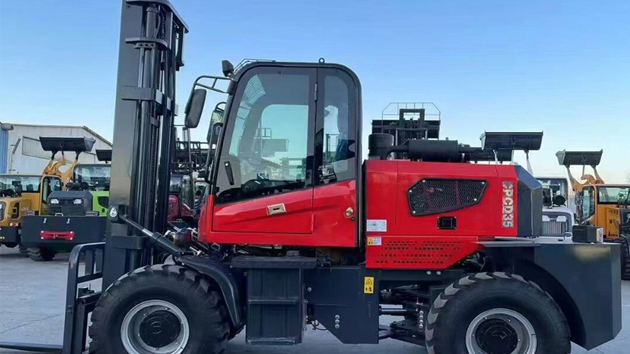The Evolution of Light-Duty Rough Terrain Forklifts in Modern Logistics
2025-07-03 03:55:23
The light-duty Rough Terrain Forklift has become a cornerstone in sectors requiring mobility across uneven surfaces. Unlike traditional forklifts, these machines are engineered with reinforced tires, enhanced suspension systems, and compact yet powerful engines. Their ability to navigate mud, gravel, and slopes without compromising load stability sets them apart. Recent data from the Industrial Truck Association (ITA) shows a 12% annual growth in sales for this category, driven by infrastructure projects and agricultural automation.
One of the key advantages of light-duty rough terrain forklifts is their adaptability. With load capacities ranging from 3,000 to 6,000 pounds, they strike a balance between power and maneuverability. Advanced hydraulic systems ensure precise lifting even on inclines, while ergonomic cabins reduce operator fatigue during extended shifts. Case studies from European construction firms reveal that these forklifts reduce material handling time by up to 30% compared to standard models.
Technological advancements are further revolutionizing light-duty rough terrain forklifts. Electric and hybrid variants are gaining traction, offering lower emissions without sacrificing torque. GPS-enabled telematics systems now provide real-time diagnostics, optimizing maintenance schedules and minimizing downtime. According to a 2023 report by MarketsandMarkets, the global market for these forklifts is projected to reach $4.8 billion by 2028, with Asia-Pacific leading adoption due to rapid urbanization.
Despite their benefits, selecting the right light-duty rough terrain forklift requires careful consideration. Factors like tire type (pneumatic vs. solid), lift height, and engine efficiency must align with operational needs. Industry experts recommend prioritizing models with sealed components to withstand dust and moisture, especially in agricultural applications. As logistics evolve beyond paved warehouses, these forklifts will remain pivotal in bridging efficiency gaps across diverse terrains.












